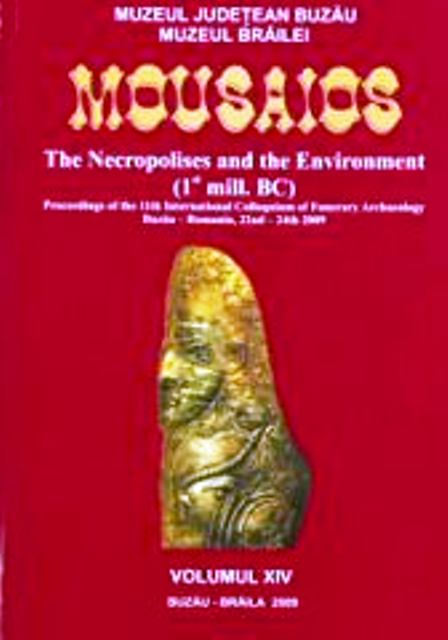Embracement of the dead in the liveliest city of classical Greece. The evidence from the late classical cemetery of Ayios Dionysios in Piraeus
Embracement of the dead in the liveliest city of classical Greece. The evidence from the late classical cemetery of Ayios Dionysios in Piraeus
Author(s): Evangelos Kroustalis, Aris TsaravopoulosSubject(s): Archaeology
Published by: Muzeul Judetean Buzău
Keywords: roadside tombs; social status; funerary periboloi
Summary/Abstract: This paper is divided into two sections. The point of the first section is that the ancient Greeks used to put their graves outside the city gates, arranged alongside roads, on the face of the belief that the dead’ s memory would be spread in space through the passersby. In the second section it is argued that funerary periboloi, a type of massive burial monument that flourished in Attica in the 4th c. BC, have functioned as a vehicle of promoting the social status during the passage of the Athenian society from the collective consciousness of the Classical times to the individualism of the Hellenistic times. With reference to the recently excavated (2007-2008) cemetery of Ayios Dionysios in Piraeus we have tried to explore some ways in which these monuments served this function.
Journal: Mousaios
- Issue Year: 2009
- Issue No: 14
- Page Range: 207-220
- Page Count: 14
- Language: English

